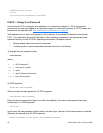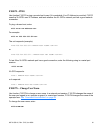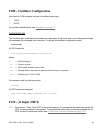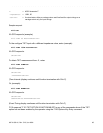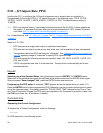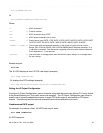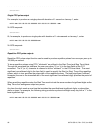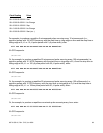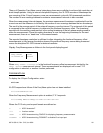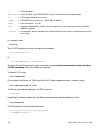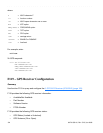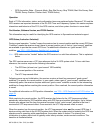98 997-01530-01, Rev. C-25, Jan 2008
SSSSSSSSSSSS SSSS SSSSSS SSSSSSS S SSS SSSSSSS
1
OK<CR><LF>
Single PPO pulse output
For example, to produce a a single pulse with duration of 1 second on January 1, enter:
F111 PPO 001:00:00:00.000000 001:00:00:01.000000 <CR>
XL-GPS responds:
OK<CR><LF>
Or, for example, to produce a single pulse with duration of 1 microsecond on January 1, enter:
F111 PPO 001:00:00:00.000000<CR>
XL-GPS responds:
OK<CR><LF>
Repetitive PPO pulse outputs
Repetitive PPO pulse output function can be used to produce repetitive pulses from once per year up to
100,000 per second.
To issue repetitive pulses using PPO, "wildcards" are utilized in the Start Time (and Stop Time) fields.
Through the command line interface, the user may place 'X' (or 'x') in the time fields of the F111
command. The 'X' (or 'x') character is referred to as the "wildcard" in the PPO time fields. The most
significant non-wildcard-digit in the time field is used to specify the Start (or Stop) Time of the repetitive
pulses, which in turn specifies the pulse width of the repetitive pulses. The least significant "wildcard"
character (the one to the immediate left of the most significant non-wildcard-digit) specifies the period of
repetition.
When specifying repetitive rates, the Start Time must include the same number of significant digits as the
Stop Time or an ambiguous output may occur.
Any time the clock reads a new time that matches the specified least significant digits, a pulse either
starts or stops. For example, the following string produces a pulse at midnight every day with a “1” in the
least significant digit:
F111 PPO XX1:00:00:00.000000 XX1:00:00:01.000000<CR>



